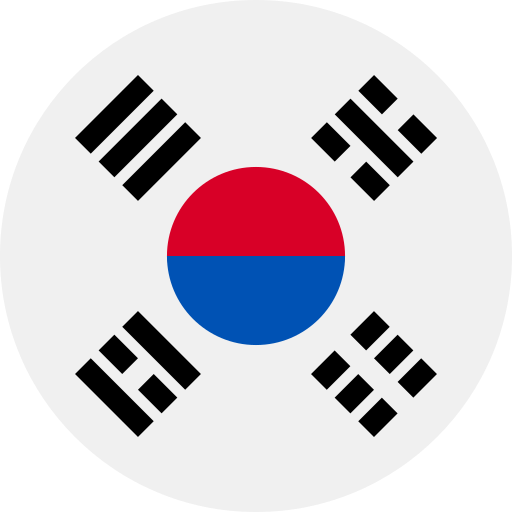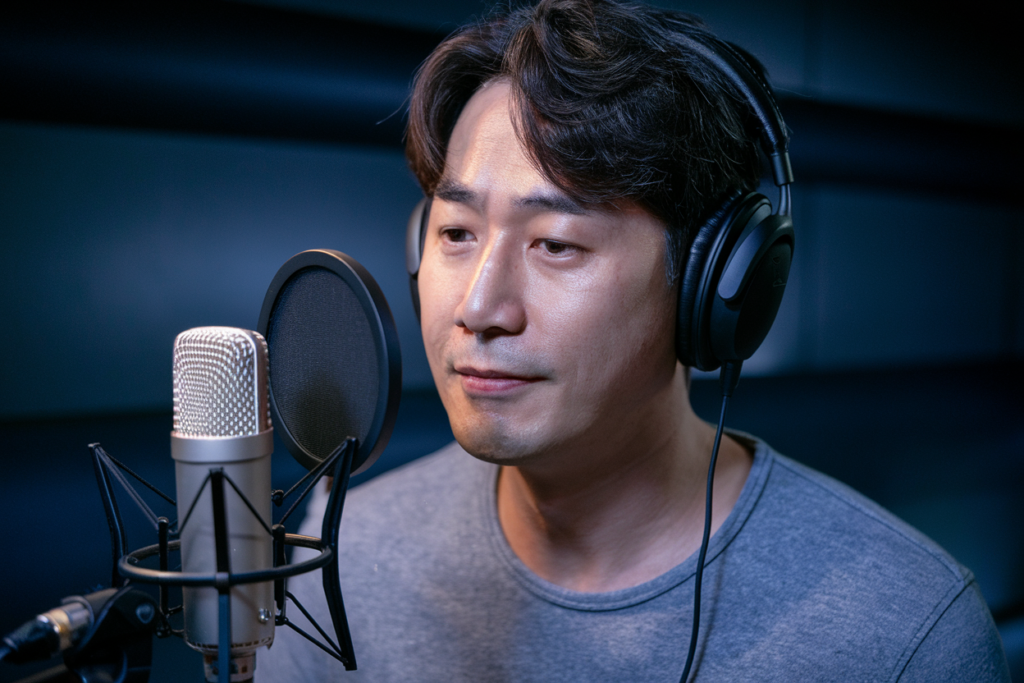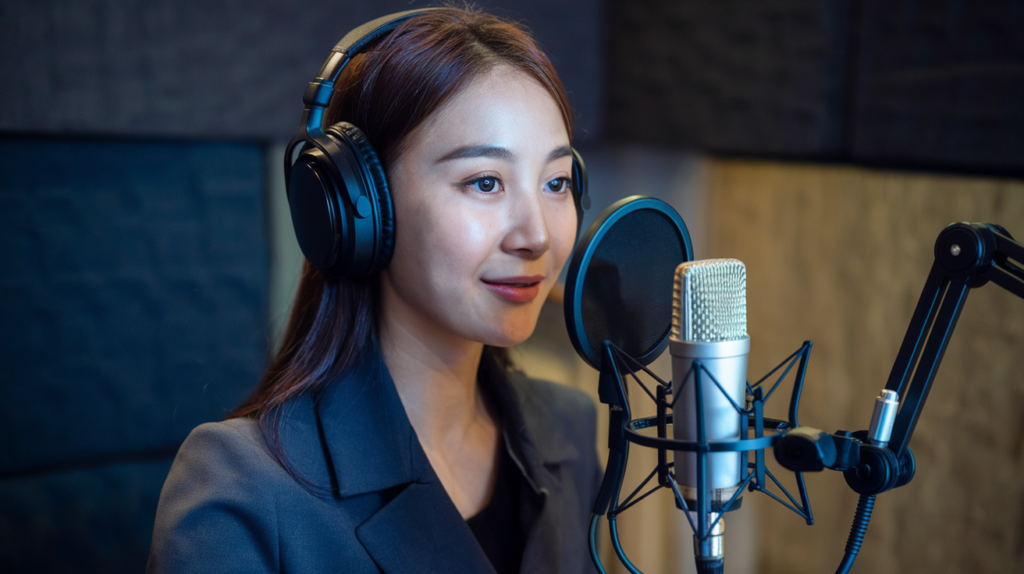Key Takeaways
- Diverse Dialects: Korea features a rich array of dialects, each reflecting the unique cultural and historical contexts of its regions.
- Major Dialect Groups: Key dialects include the standard Seoul dialect, Gyeongsang’s lively tones, Jeolla’s softer pronunciation, Chungcheong’s relaxed speech style, Gangwon’s distinct vocabulary, and Jeju Island’s unique expressions.
- Influence of Geography: The geographical landscape significantly impacts dialect characteristics, with urban areas favoring standardized language while rural dialects showcase local traditions and customs.
- Cultural Connections: Understanding regional dialects enhances communication with native speakers and provides deeper insights into Korean culture and heritage.
- Lesser-Known Variants: In addition to major dialects, lesser-known forms like the Jeju dialect highlight the linguistic richness within Korea.
Ever wondered how many Korean dialects exist? You might be surprised to learn that Korea is home to a rich tapestry of regional languages, each with its own unique flair. From the bustling streets of Seoul to the serene landscapes of Jeju Island, these dialects reflect the diverse cultures and histories of their regions.
Overview Of Korean Dialects
Korean dialects reflect the diverse linguistic landscape across Korea. There are several main dialect groups, each with distinct characteristics shaped by geography and history.
- Seoul Dialect: Known as the standard dialect, it’s used in media and education. Many people from other regions understand it easily due to its widespread use.
- Gyeongsang Dialect: Spoken in areas like Busan and Daegu, this dialect features unique intonation patterns. It’s often recognized for its lively tone.
- Jeolla Dialect: Found in the southwestern provinces, Jeolla has a softer pronunciation compared to others. It also contains many regional expressions that add richness to conversations.
- Chungcheong Dialect: This dialect is common in the central region of Korea and is known for its relaxed speech style. People who speak Chungcheong often blend sounds together fluidly.
- Gangwon Dialect: Characterized by its distinct vocabulary and pronunciation, this dialect reflects the mountainous terrain of Gangwon Province.
- Jeju Dialect: Unique to Jeju Island, this dialect has significant differences from mainland Korean, including a variety of local words that may confuse outsiders.
Each of these dialects showcases the cultural heritage of their respective regions while contributing to the overall tapestry of Korean language and identity. Understanding these variations can enhance communication with native speakers and provide deeper insights into Korean culture.
Major Dialects Of Korea
Korea boasts a rich tapestry of dialects, each tied to its unique cultural and historical background. Understanding these major dialects enhances your appreciation for the Korean language and its diverse expressions.
Gyeonggi Dialect
The Gyeonggi dialect, primarily spoken in the Seoul area, serves as the standard form of Korean. It’s characterized by clear pronunciation and a relatively neutral intonation. Many resources for learning Korean utilize this dialect due to its widespread understanding across different regions. If you’re looking to connect with individuals from various parts of Korea, familiarity with the Gyeonggi dialect is essential.
Gyeongsang Dialect
The Gyeongsang dialect stands out with its distinctive lively intonation and expressive tones. Commonly heard in cities like Busan and Daegu, it often utilizes shorter vowel sounds compared to other regional dialects. This vibrant way of speaking can seem animated or even dramatic at times. Those who wish to immerse themselves in southeastern Korean culture will find that understanding this dialect enriches their interactions significantly.
Jeolla Dialect
Spoken mainly in Jeolla Province, the Jeolla dialect features softer pronunciations along with unique local expressions. This dialect is known for its relaxed rhythm and melodic qualities that create an inviting atmosphere during conversations. Engaging with locals from this region becomes more rewarding when you grasp some key phrases or expressions specific to the Jeolla dialect, enhancing both communication and connection on a personal level.
Each major Korean dialect contributes uniquely to the overall cultural landscape of Korea, offering insights into local customs and traditions while enriching your understanding of this fascinating language.
Influence Of Geography On Dialects
Geography significantly shapes the Korean dialect landscape. The diverse terrains and regions of Korea foster unique linguistic features among its dialects.
Urban Vs. Rural Dialects
Urban areas, like Seoul, showcase a standardized form of Korean that emphasizes clear pronunciation and neutral intonation. This standardization stems from the concentration of media and education in these cities, making it widely understood across the nation. In contrast, rural dialects reflect local culture and traditions more vividly. For instance, the Gyeongsang dialect’s lively tones resonate with its spirited community atmosphere while embodying local expressions that might not be familiar to city dwellers.
Regional Variations
Regional variations manifest distinctly through differences in vocabulary, pronunciation, and grammar influenced by geographical barriers. The Jeolla dialect features softer pronunciations and unique expressions shaped by cultural nuances specific to its region. Likewise, the mountainous terrain of Gangwon contributes to its distinct accent patterns that may challenge comprehension for those unfamiliar with them. Each variation not only enriches communication but also preserves historical ties, allowing speakers to connect deeply with their heritage through language.
Lesser-Known Dialects
Korea boasts an array of lesser-known dialects, each with its distinct characteristics that contribute to the linguistic richness of the region.
Jeju Dialect
The Jeju dialect stands out as one of Korea’s most unique regional languages. With significant differences from mainland Korean, this dialect incorporates vocabulary and expressions exclusive to Jeju Island. For instance, words like “sok” (meaning “to eat”) and “ulgeun” (meaning “red”) showcase its originality. The pronunciation also varies notably, making it challenging for non-locals to understand fully. Despite being less widely spoken than major dialects, the Jeju dialect reflects the island’s cultural heritage and traditions.
Other Regional Dialects
Beyond Jeju, several other regional dialects enrich Korea’s linguistic landscape. The Gyeongsang dialect is known for its assertive intonation and lively rhythm; it’s particularly prevalent in cities like Busan and Daegu. Conversely, the Chungcheong dialect features a more relaxed tone, often blending soft pronunciations with distinctive local phrases.
Another interesting variant is the Gangwon dialect which mirrors its mountainous surroundings through expressive accents and unique vocabulary tied to local geography. Each of these lesser-known dialects not only adds depth to communication but also preserves historical ties between speakers and their cultural roots.
Exploring these lesser-known forms highlights how diverse language can be within a single nation, showcasing a rich tapestry woven from various influences across regions.
Conclusion
Korean dialects offer a fascinating glimpse into the country’s rich cultural tapestry. Each dialect not only highlights regional identities but also enhances your understanding of Korean heritage. Embracing these linguistic variations allows you to appreciate the depth and diversity within the Korean language. Whether you’re discovering the lively tones of Gyeongsang or the unique expressions of Jeju, these dialects create a vibrant dialogue that connects people across generations. By exploring this rich linguistic landscape, you can deepen your connection to Korea and its people, celebrating both their history and modern identity.
Frequently Asked Questions
What are the main dialects of Korea?
The main dialects of Korea include the Seoul (Gyeonggi) dialect, which is the standard form; the lively Gyeongsang dialect; the softer Jeolla dialect; the relaxed Chungcheong dialect; the distinct Gangwon dialect; and the unique Jeju dialect. Each reflects regional cultures and histories.
How does geography influence Korean dialects?
Geography affects Korean dialects by shaping their vocabulary, pronunciation, and grammar. Urban areas like Seoul have a standardized language due to media concentration, while rural regions showcase local customs through distinct linguistic features.
Why is the Gyeongsang dialect notable?
The Gyeongsang dialect is known for its lively intonation and expressive tones. It’s commonly spoken in cities like Busan and Daegu, contributing to its vibrant cultural identity.
What makes the Jeju dialect unique?
The Jeju dialect stands out due to its significant differences from mainland Korean, featuring exclusive vocabulary and expressions like “sok” (to eat) and “ulgeun” (red). This uniqueness highlights Jeju Island’s rich cultural heritage.
How do lesser-known dialects contribute to Korean culture?
Lesser-known dialects add depth to Korea’s linguistic landscape by preserving historical ties and showcasing diverse regional influences. They enrich communication while reflecting local customs and traditions specific to each area.







